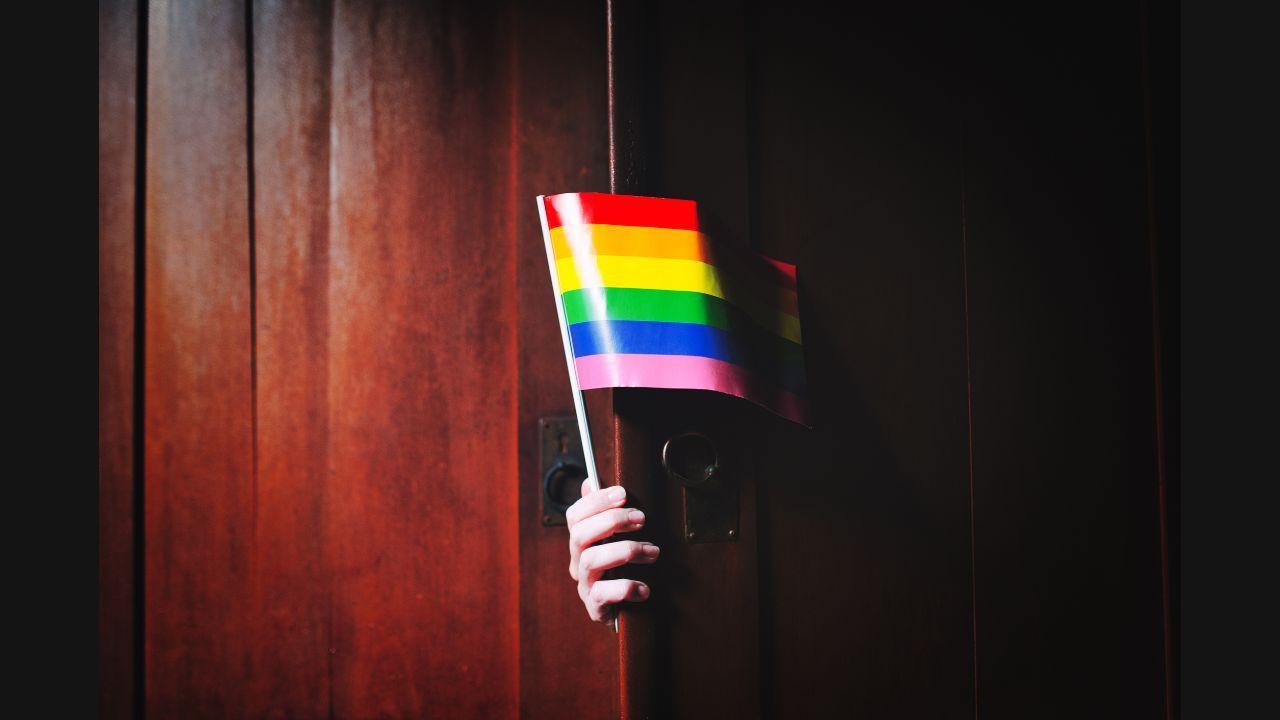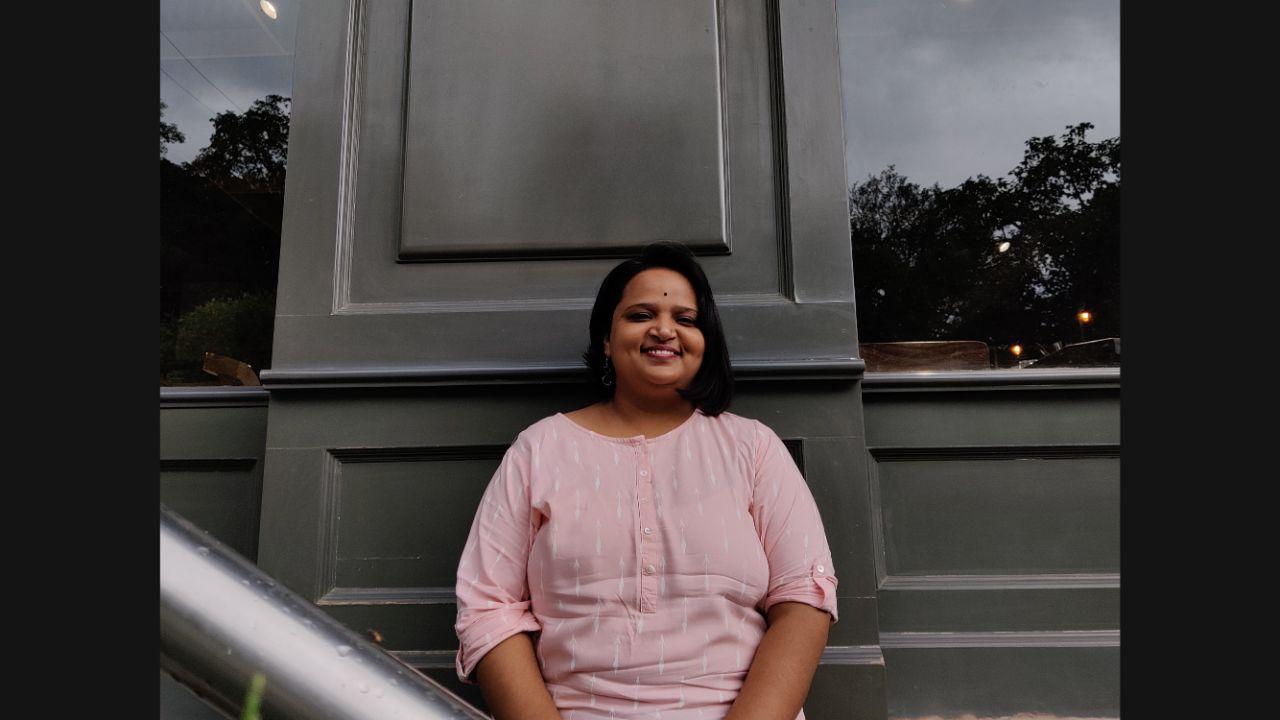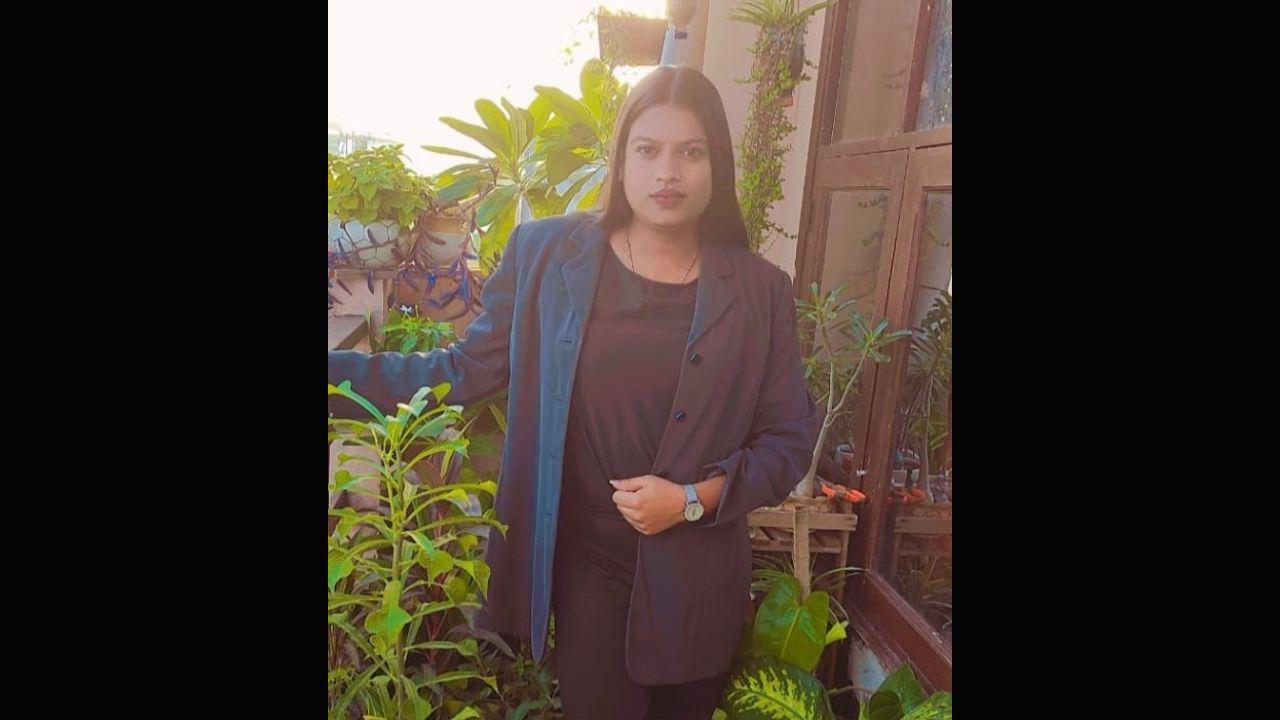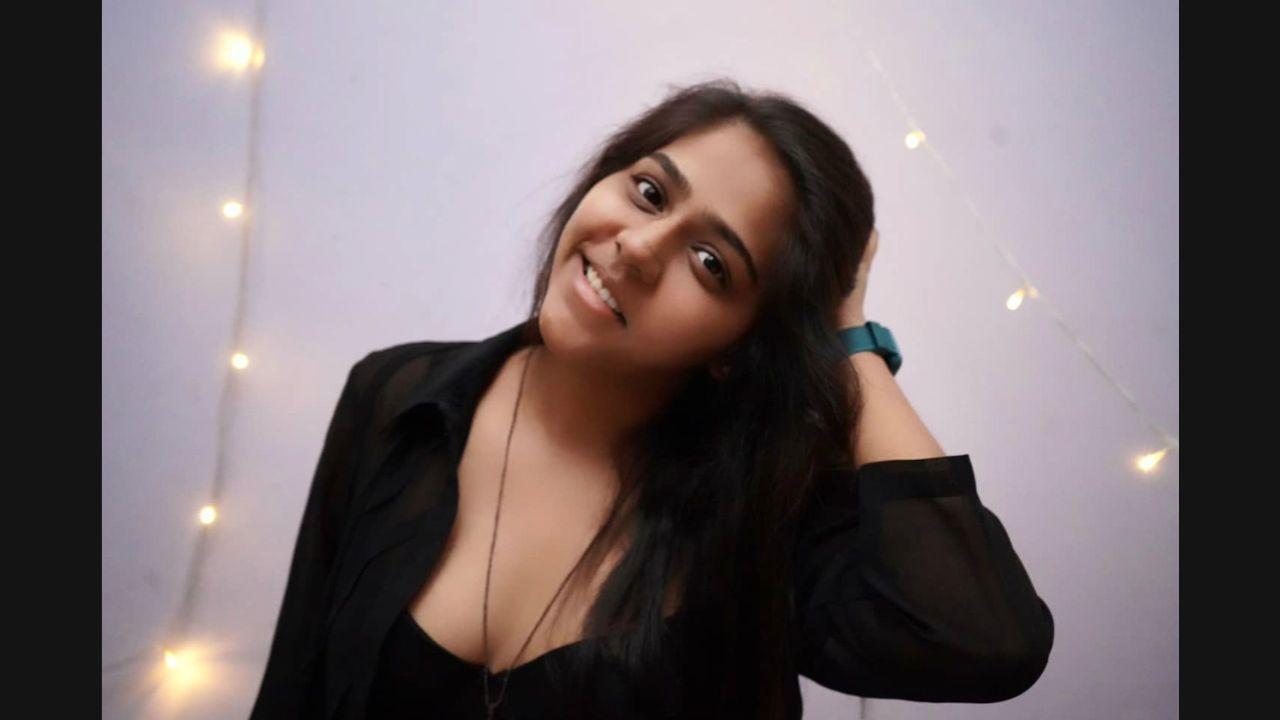Mid-Day.com spoke to LGBTQIA+ individuals in India to understand their diverse experiences and delve into the psychological burden of having to come out over and over again

For most queer individuals, fear, hesitancy, and anxiety are precursors to coming out. Having to decide whom to come out to on an everyday basis means carrying a perennial psychological burden. Photo/iStock
LGBTQIA+ individuals navigate the world differently from cis-gendered heterosexuals. While being closeted comes with its share of unresolved emotions, being out doesn’t exactly remove the stressors of the queer existence. “Coming out is not a one-time thing, it usually happens in circles,” says Dr. Umang Kochhar, a queer affirmative therapist and psychiatrist with more than 20 years of experience.
Substantial data is not available in India yet but mounting research across the globe points to poor mental health among queers. According to the American Psychiatric Association, members of the LGBTQIA+ community are more than twice as likely as heterosexual people to have a mental health disorder in their lifetime.
No matter how safe a space or a relationship feels, for most queer people, fear, hesitancy, and anxiety are precursors to coming out. Having to decide whom to come out to on an everyday basis means carrying a perennial psychological burden. “A lot depends upon your perception of how people will react. The kind of anxiety and rejection sensitivity people have to go through is a grim reality. A lot of times, it makes them feel like they cannot come out at all,” adds Kochhar. Fears of rejection, of physical safety, and of disappointing others are commonplace and navigating them is a prominent stressor.
The community represents an extensive range of identities and expressions of sexual orientation and gender. Additionally, queer individuals are diverse in terms of caste, religion, and socio economic class. This intersectionality leads to varied experiences. Mid-Day.com spoke to queer individuals across the spectrum, to better understand their varied lived experiences and opinions on the continual process of coming out.
Harshun (He/him)
22, cis-queer man
A techie based out of Goa, Harshun identifies as queer. “Queerness is a concept hard to grasp in India, since our society is obsessed with categorisation. The lack of awareness makes it hard to come out due to the additional pressure of explaining your identity. When one does it multiple times, to different people, in different spaces, there is a constant discomfort because people place their own assumptions about you above your reality.”
Talking about his experience, Harshun recounts, “Coming out for me was similar to ripping off a band aid, only to find out that the wounds underneath were way too deep to be healed. It's tragic to find out why you could never fit in, or feel comfortable in your skin. You must first experience the discomfort of exposing your vulnerabilities. However, each time you do it, it gets easier as you get more comfortable and confident in your identity. Especially when you find people who reaffirm rather than challenge, it is the greatest feeling in the world. I think coming out to someone is a great litmus test to figure out if a person is genuine and open minded or judgemental.”
Toshi Pandey (She/they)
29, Non-binary pansexual

Toshi identifies as a non-binary pansexual and hails from Prayagraj, UP. “As a non-binary Hindi-speaking individual, a major obstacle is not having a word to describe yourself in the language. Hindi is more gendered compared to Bengali or South Indian languages. Language is a tool, and not being able to convey your identity is a gap which creates a distance. I didn’t know what pansexuality was, I identified as bisexual. I didn’t have the resources, just like many queer people are unaware of the extensive terminology. I do believe a lack of knowledge due to a lack of tools cannot be equated with ignorance,” shares Pandey.
Along with her friends from the community, Toshi founded RAQS (Resistive Alliance for Queer Solidarity) to spread gender, sexuality, and mental health awareness. She wonders, “Do we really have the concept of coming out in India? We are still questioning where we are right now. The country isn’t even thinking about us. When I was 25, I promised myself I wouldn’t live a lie and came out to everyone in stages. First, I came out as bisexual to my PhD guide and asked him if he will terminate my PhD pursuit. Based on my experiences and those of my peers, academia isn’t a safe space for queer people, so I was pleasantly surprised when he was supportive.”
Talking about her choice of pronouns, she tells us, “I use ‘she’ as a pronoun even when I don’t identify with it to put others at ease. I have been comfortable with my existence and lead a chill life now after taking a lot of stress. I have let go of the hate, anger, frustration, and have to choose myself everyday. The world will adjust because they don’t really care. No benefits to harbouring anger and manifesting it in your body. There is much more to you than an identity.”
Jasleen (She/Her)
30, Transgender woman

Coming to terms with yourself and embracing the fluidity of the spectrum is an evolving task. Jasleen, an event planner based in Delhi, shares, “As a kid, I used to wonder if I understand things slower? Is something wrong with me? It’s been a long journey to accepting that I am a gender queer person. I used to think I was gay, gender fluid, and now I identify as transgender. Identity is fluid, it keeps changing. I’m way more beyond my gender, sexuality, and body. Earlier I was marginalised, abused, and hated for being different but now I am adored, respected, and celebrated for being different.”
Because of appearance, transgender, non-binary, and gender fluid people may not have the liberty of coming out as compared to straight passing (that is, being viewed as straight by others) queers. Visibly queer people walk through the world differently. “I find straight passing people privileged. Friends who love me will invite straight passing queers to social events like weddings and birthdays, but skip transgender, non-binary, and gender fluid people for optics — these are the things that hurt. Straight passing people have an option to attend pride wearing make-up and dress however they want, but I don’t have a choice. I can’t hide it,” explains Jasleen.
Reflecting upon what happens when agency is taken away because of not being straight passing, Jasleen says, “Even if I want to act straight passing, I cannot act that way because it is a traumatic experience which causes anxiety and depression. There are certain spaces and relationships wherein I want to take my own time to come out. You might know 10 people, but you will want to gradually come out to them. Not everybody deserves to know the real you, take your own time. Coming out is not just verbal, it’s a lot of non-verbal cues.”
Pooja Gohil (She/her)
26, cis-bisexual woman
A photographer from Mumbai, Pooja has always wondered whether cis-gendered heterosexuals had to come out before their 18th birthday. Would that change anything? “I first came out to my best friend at the age of 16, which was followed by coming out to a set of close friends and family. Empathy is easy for those most like us but it is very difficult in the abstract. A queer lived experience is so different from that of the straight and cis-gendered. For me, the journey to accept myself was gradual because the world I live in had not yet equipped me with the language and the knowledge to comprehend my ten-year-old self”, shares Gohil.
Coping with the idea of who you are versus whom you believed yourself to be is a constant struggle for queer people. “I would love to make even a small step in order to help the people feel normal and to let them know that they belong here. I know because I would have liked that for myself too. I truly feel for each one of us coming out is definitely not a one-time thing. It’s an ongoing burden and a constant rollercoaster of emotions. In that sense your own story is never ending, your own coming out is truly a renewal of spirit and self. But as hard and challenging as coming out is, I also truly believe that it is as rewarding too, because once you come out everything shifts for you. Everything feels much easier, there is a sway when you walk out in the world.”
Ashish Chopra (He/Him)
26, cis-gay man%20Ashish_e.jpg)
Ashish is the first runner up of Mr. Gay India (2018), has appeared on MTV’s Elevator Pitch, and performs drag. The HR Professional is also a part time motivational speaker sharing his coming out journey in corporate India. He first came out in high school to three of his closest female friends who had assured him that it was ‘normal’. “My heartbeat would spike, I would get super scared especially in the workplace, afraid of their reaction, what if they hit me, what if they reject me,” admits Chopra.
“My brother was the second person to tell me it was okay. Then in college, I told my roommate Shailendra and he told everyone. Even though I didn’t want to go all out, it felt like a weight had lifted off my shoulders. It took me a very long time, but I have accepted myself, initially I didn’t even know what was happening with me because of the lack of sexual education. The world is wrong to make fun of us, we aren’t wrong. Sex education across ages is the need of the hour.”
When his co-workers wondered, he came out to them and found them to be supportive. “Mr. Gay India (2018) was everywhere in the newspapers but people would still ask me. Even being on television wasn’t enough. It never stops, coming out is a continuous process. I had to repeatedly come out in corporate spaces as well. They eventually asked me to train the leadership on how they can be allies, and sensitise them towards my journey. It has taken 8-10 years to get to a point where the hesitancy has subsided. I have my friends and family, strangers don’t matter,” shares Chopra.
Dr. Umang Kochhar
Queer affirmative therapist and psychiatrist
“The primary struggle for members of the LGBTQIA+ community is to understand why they are the way they are. The confusion, the question marks, the intensity of emotions can be extreme. The feeling that we aren’t being true to ourselves, that we are wearing a mask and not leading an honest life, majorly hits self-esteem. Especially in the case of trans, it is also about whether you can accept yourself or not, then it becomes even more difficult to come out to others. Stigma starts from outside—from employers, landlords, people you interact on a day to day basis (service providers, extended family)—but at the centre is self-stigma which is very strong,” shares Kochhar.
“Gradually you come in touch with your desires, and thoughts and struggle with expressing them. Sometimes, it becomes difficult to fit into a peer group due to something as simple as wearing the clothes you want to,” the expert says.
“Parents are the ones who need therapy. The usual response is to brush it under the carpet, or people have come to me with their child to fix them. The initial reaction is mostly denial, then anger, negotiation, depression. Acceptance comes in the end,” observes Kochhar. “We need more platforms where there can be some hand holding for parents and family caregivers, the more we talk about it, the better it will become.”
Also Read: How to ask for and get pronouns right when addressing diverse gender identities
 Subscribe today by clicking the link and stay updated with the latest news!" Click here!
Subscribe today by clicking the link and stay updated with the latest news!" Click here!











